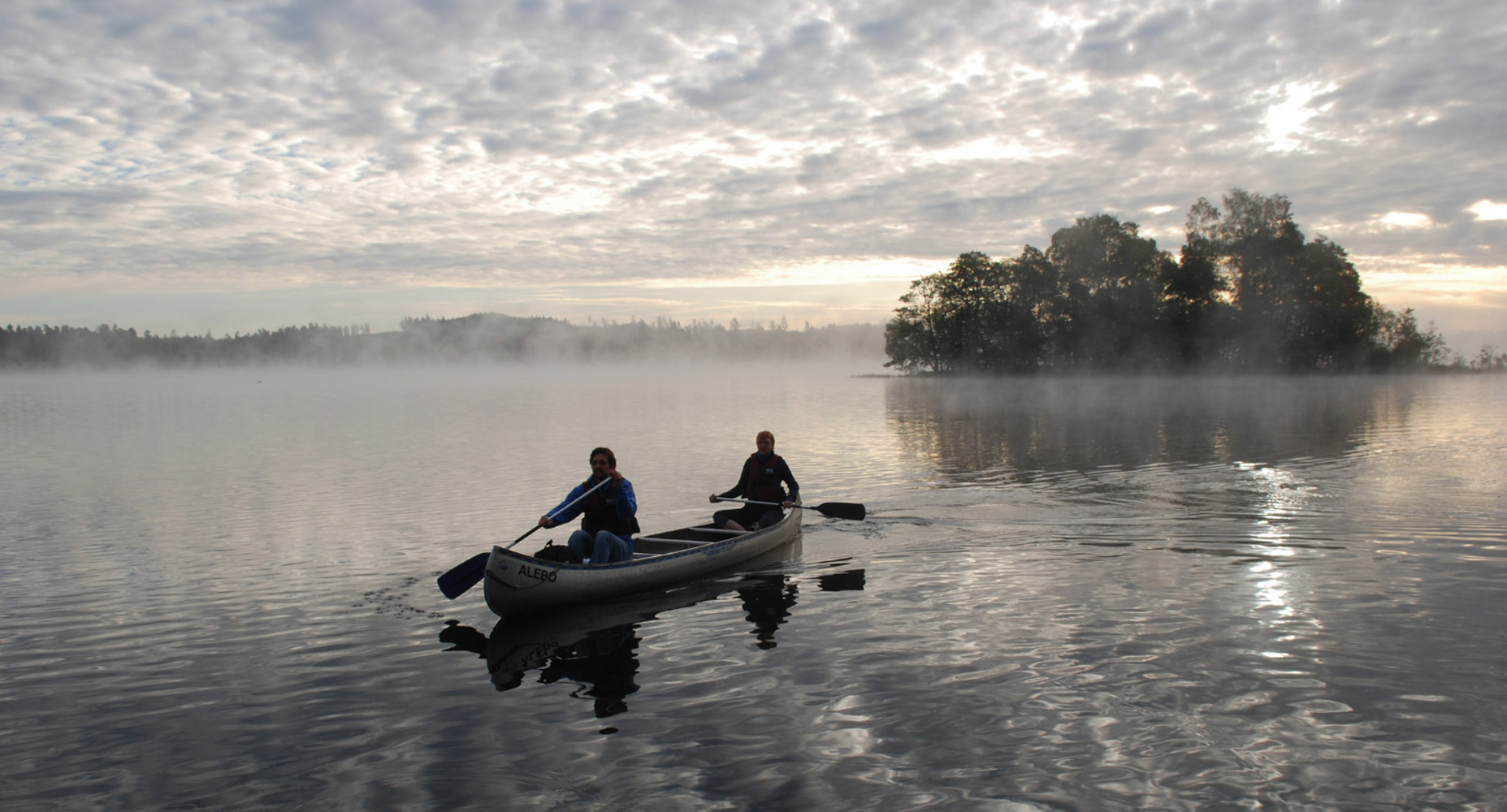

In 2007 the Nordic Council of Ministers initiated a four-year research project that investigated how renewable energy resources in the Nordic region may be affected by climate change.
The Nordic power system is dominated by hydro power. There is a correlation between precipitation levels and the cost of electricity on the Nordic power market. Changes in precipitation levels will have a strong influence on future investments in power generating capacity.
Ea Energy Analyses and Optensys Energianalys were assigned with the task of analysing how expected changes in precipitation may influence future investments, and two scenarios were developed. The two scenarios aim to highlight the effect of extreme climatic events such as drought could have on an increasingly hydro-dominated power system and the role lower demand for electricity can play in producing a more robust power system that is less sensitive to climatic changes and extreme events in a future with increased uncertainty about weather conditions.
The scenarios run from 2020 to 2050 and are based on three hypotheses:

Find information about one of our projects in Türkiye here.